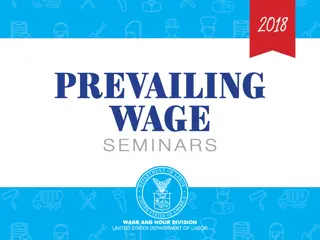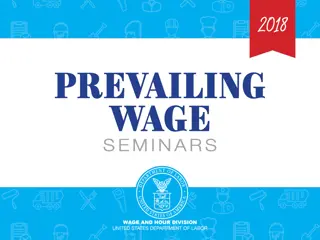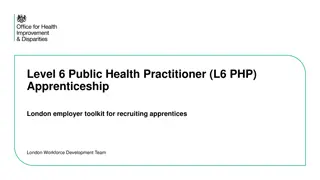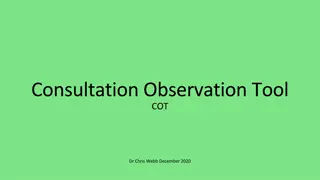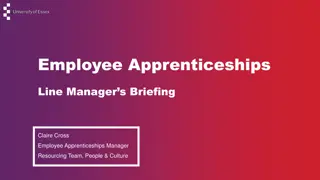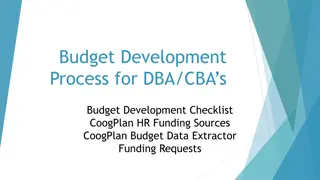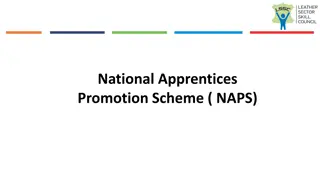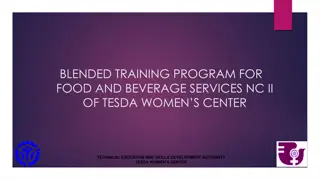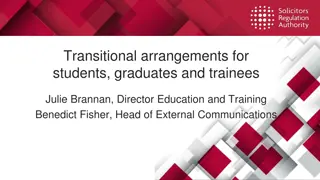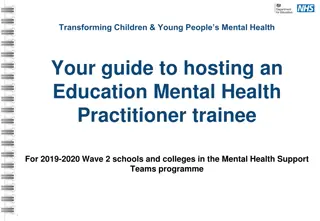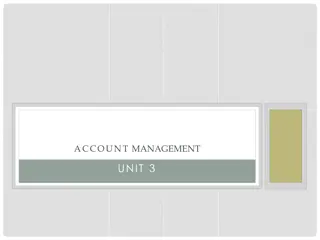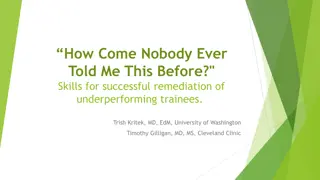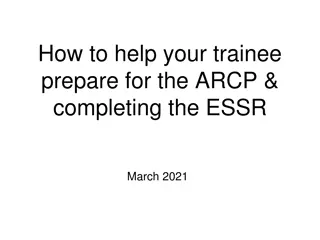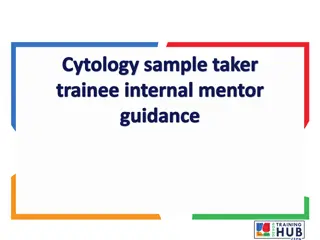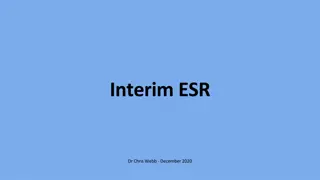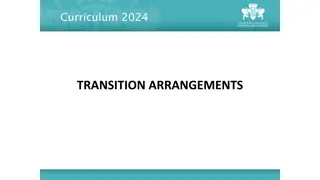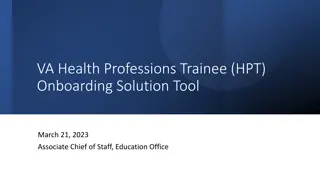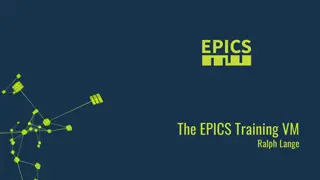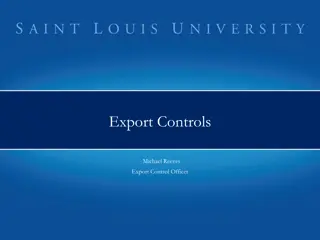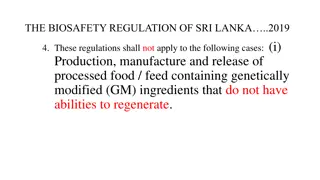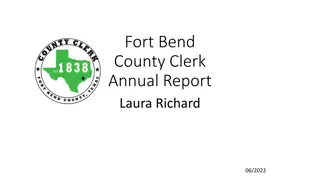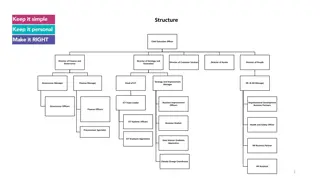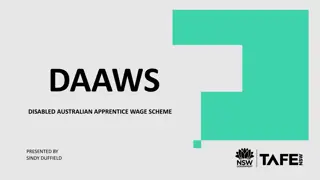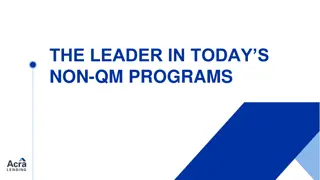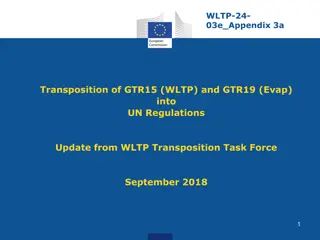Understanding DBA and DBRA Regulations for Apprentices and Trainees
Exploring the regulations surrounding apprentices and trainees in construction occupations, registered programs, allowable ratios, and compliance requirements under DBA and DBRA. Information includes eligibility criteria, payment structures, and the importance of approved training programs. Attention is given to apprenticeship agreements and the implications for workers employed on covered projects.
- DBA regulations
- DBRA guidelines
- Construction training programs
- Apprenticeship compliance
- Workforce ratios
Uploaded on Sep 22, 2024 | 0 Views
Download Presentation

Please find below an Image/Link to download the presentation.
The content on the website is provided AS IS for your information and personal use only. It may not be sold, licensed, or shared on other websites without obtaining consent from the author. Download presentation by click this link. If you encounter any issues during the download, it is possible that the publisher has removed the file from their server.
E N D
Presentation Transcript
DBA/DBRA Apprentices and Trainees Apprentices Persons individually registered in a bona fide apprenticeship program registered with DOL s Employment Training Administration (ETA) Office of Apprenticeship (OA) or a State Apprenticeship Agency recognized by OA. Individuals in their first 90 days of probationary employment as an apprentice in such a program. Regulations: 29 C.F.R. 5.2(n)(1) and 5.5(a)(4)(i).
Trainees Persons registered and receiving on-the-job training in a construction occupation under a program approved in advance by DOL s Employment Training Administration (ETA). Regulations: 29 C.F.R. 5.2(n)(2) and 5.5(a)(4)(ii).
Employment Training Administration Office of Apprenticeship https://www.dol.gov/featured/apprenticeship/emp loyers https://www.doleta.gov/OA/links.cfm
Apprentices and Trainees Are laborers and mechanics; not listed on WDs. Permitted to work on covered projects and be paid less than the journey level WD rate when: Individually registered in an approved apprenticeship or training program; Paid the percentage of hourly rate required by the apprenticeship or training program;
Apprentices and Trainees Paid the FB s specified in approved program; if the program is silent, the full amount of FB s listed on the WD; and Are employed within the allowable ratio specified in approved program for the number of apprentices or trainees to journeymen. Note: ETA apprenticeship regulations were revised in 2008; questions about portability of wages and ratios on DBA/DBRA covered projects may require careful consideration by WHD. See 29 C.F.R. 29.13(b)(7).
Ratios The allowable ratio of apprentices to journeymen on the job site in any craft classification shall not be greater than the ratio permitted to the contractor as to the entire work force under the registered program. 29 CFR 5.5(a)(4)(i) Compliance with the ratio is determined on a daily, not a weekly basis The use of fractions in computing the ratio is not permitted unless specified in the approved apprenticeship agreement.
Understanding Apprenticeship Agreements
Helpers May be employed if: Duties are clearly defined and distinct from other classifications on the WD; An established prevailing practice in the area; and Not employed in an informal training program. May be added to WD if all above conditions are met; and no WD class performs the work.
Disclaimer This presentation is intended as general information only and does not carry the force of legal opinion. The Department of Labor is providing this information as a public service. This information and related materials are presented to give the public access to information on Department of Labor programs. You should be aware that, while we try to keep the information timely and accurate, there will often be a delay between official publications of the materials and the modification of these pages. Therefore, we make no express or implied guarantees. The Federal Register and the Code of Federal Regulations remain the official source for regulatory information published by the Department of Labor. We will make every effort to keep this information current and to correct errors brought to our attention.


